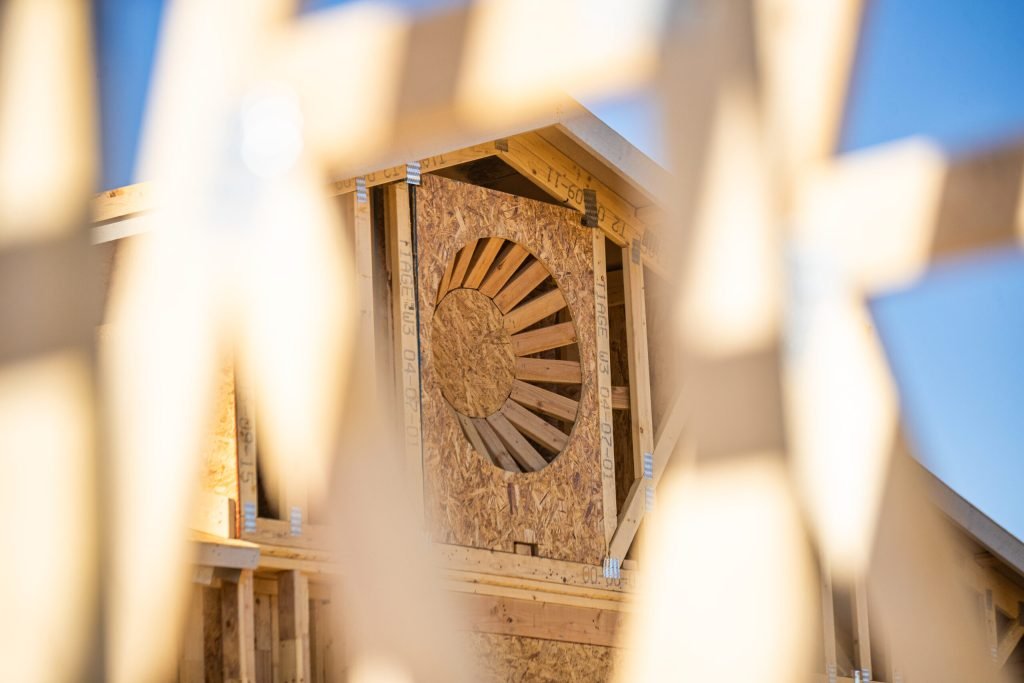Report: Tier 2 Cities Have Opportunity to Move from Renting to Owning
Terrence Thornton | Digital Free Press
The pursuit of home ownership continues to be a key silhouette of the American Dream envisioned by millions of people who call the United States home. But for many, the cost of mortgages in major municipalities is a stepping stone too high to scale financially.
The Valley of the Sun is no exception to the burgeoning macroeconomic principles of the 2020s. point 2 and the author is Alexandra Siuntu It presents opportunities in what real estate enthusiasts call “secondary cities.”
Secondary cities in the United States are those that are not major metropolitan centers but have populations between 250,000 and 1 million. Real estate experts report that these cities typically serve as regional centers of commerce, industry, and education.
In her report, Ms. Siuntu points out the economic indicators of this secondary city. Maricopa County:
- Of the 100 largest secondary markets in the country, 6 are in Arizona.
- Renters here fall short by 28% to 42% of the income needed to cover mortgages on starter homes.
- First-time buyers face median prices for entry-level homes, ranging from under $308,000 in Glendale to over $450,000 in Scottsdale.
- Despite having the lowest median price among the Arizona secondary markets analyzed, the road to home ownership is the toughest in Glendale. The renter’s income is 42% (or $30,812) less than he needed to go from renting to owning.
- The average Gilbert renter earns $69,194, $34,218 less than the $103,412 minimum required to purchase an entry-level home. This is the highest net difference among Arizona cities included in the analysis.
- Potential buyers in Peoria and Tempe are 39% and 35% respectively short of what they need to buy a starter home.
- But Surprise’s first-time buyers are pretty close to buying an entry-level home, at least compared to other large secondary markets in Arizona.
- Maricopa County renters are 28 percent short of transitioning to home ownership.

Report: Arizona secondary city opportunities exist all over mainland Phoenix
To better understand these economic factors, hear directly from the authors of this report, and give readers a better perspective on secondary cities here in Arizona, the Arizona Digital Free Press is pleased to invite Ms. Siuntu contacted. Here’s what she had to say:
What is driving the popularity of starter housing in secondary cities?
I can’t say for certain that starter housing is becoming more popular in secondary cities, but it’s easy to see why it’s so popular. What makes entry-level homes attractive in the first place is their low prices.
With major hubs no longer an option, today’s prospective buyers tend to expand their search beyond core cities. Secondary cities, especially those circling core cities within metro reach, were considered affordable oases for first-time homebuyers.
But with the share of starter homes shrinking across the market and interest rates fluctuating, renters face limited opportunities to transition to homeownership.
What are the benefits of buying a starter home in a secondary city?
By definition, the main benefits of buying a starter home are of an economic nature. Lower living costs and increased employment opportunities were once the main attractions of the secondary market. And in some areas, that charm still remains. As such, buying entry-level homes in secondary cities seems like the best option for many first-time buyers looking to escape the constantly booming major cities and increasingly high prices. It feels like
What are some of the challenges a buyer may face when buying a starter home in a secondary city?
The main challenge is actually finding a starter home for sale. Entry-level housing inventory is increasingly limited, leading to fierce competition for already in-demand types of properties.
Another hurdle is finding a qualifying starter house, an affordable home suitable for first-time buyers. Prices in the secondary market are considered lower than in the core market, but the definition of affordability here has also changed. To put things into perspective, renters in 41 of the 100 major secondary U.S. cities earn half or less than half the income needed to finance their starter home’s monthly mortgage. not.
What are your tips for buyers looking to buy a starter home in a secondary city?
Buying a home is a big decision, so taking the time to think through each aspect of the process is essential. First and foremost, renters looking to transition to homeownership should make budget decisions to limit their real estate pool and focus on available options that suit them. Expenses such as insurance and property tax payments should also be considered when setting a budget.
Not all entry-level homes boast low prices, so simply targeting and searching for this type of property may only yield affordable results. This is why local market research and working with local realtors can help, especially if the prospective buyer doesn’t know much about the area or the process itself.
What do you think about the future of the secondary city real estate market?
When talking about the future of secondary city real estate markets, the challenges seem to mirror those of the national market: declining inventories, rising prices, and volatility in interest rates. The secondary market is also crowding out entry-level housing, suggesting that the housing market’s demise is pivotal to the overall housing crisis, and remains that, as prices show no clear signs of falling significantly. condition continues.

















